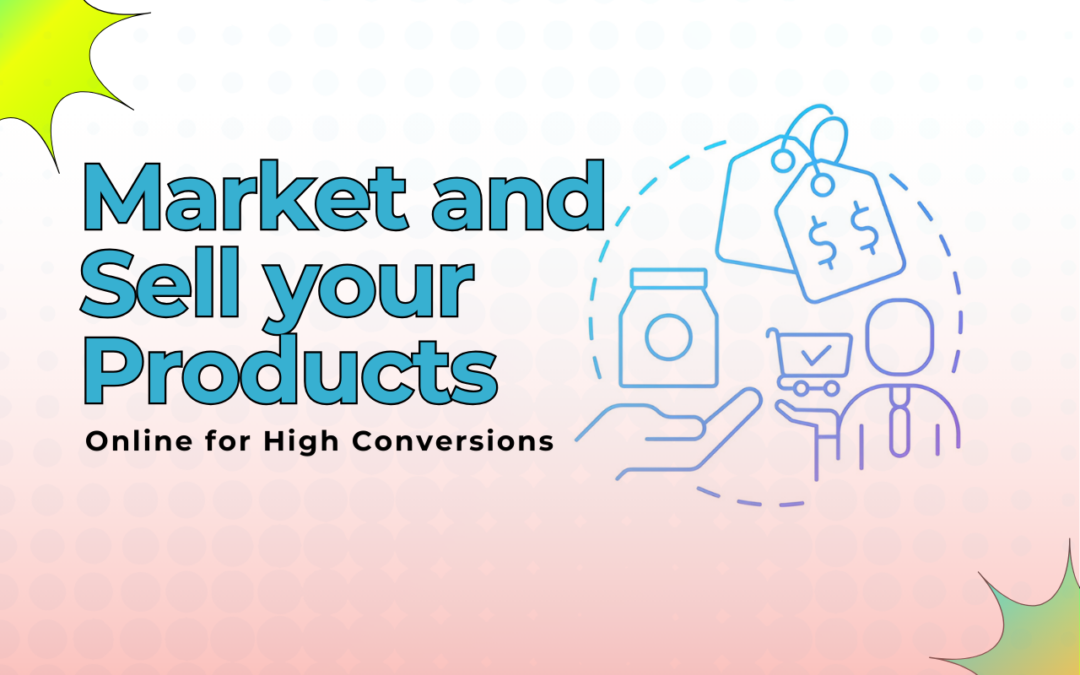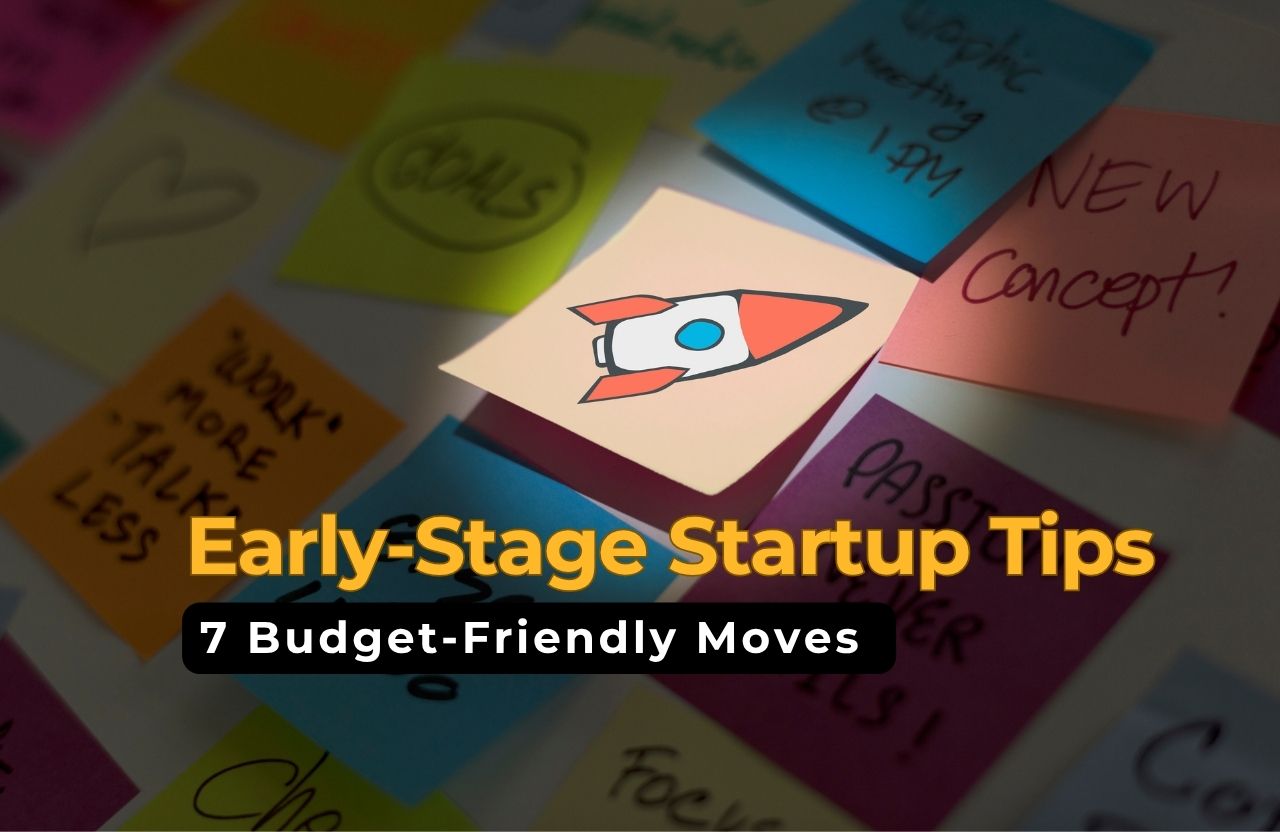In the digital era, selling products online is more than just listing them on a website. To drive high conversions, you need a well-thought-out marketing strategy, a deep understanding of your target audience, and effective sales tactics. This guide will walk you through the best practices to market and sell your products online with high conversions.
1. Understand Your Target Audience
Before you start marketing your product, you need to know who your customers are. Conduct market research to identify:
- Demographics (age, gender, location, income level)
- Psychographics (interests, values, lifestyle)
- Pain points (problems they need solutions for)
Use tools like Google Analytics, Facebook Insights, and customer surveys to gather this information. Knowing your audience will help you create targeted marketing campaigns, personalize customer experiences, and increase sales.
How to Define Your Ideal Customer Profile
To create an effective marketing strategy, you need to define your Ideal Customer Profile (ICP). Consider the following:
- Customer challenges: What problems are they trying to solve?
- Buying behaviors: Where do they shop online? Do they prefer mobile or desktop shopping?
- Communication preferences: Do they engage more with email, social media, or chatbots?
Creating customer personas will help you develop highly targeted campaigns that speak directly to your audience’s needs.
2. Optimize Your Product Listings
Your product pages should be designed for maximum conversions by focusing on:
- High-quality images: Showcase multiple angles and usage scenarios.
- Compelling product descriptions: Use persuasive copy with bullet points highlighting benefits.
- SEO-friendly keywords: Optimize titles and descriptions for search engines.
- Customer reviews and testimonials: Build trust with social proof.
- Clear call-to-action (CTA): Ensure easy navigation with “Buy Now” or “Add to Cart” buttons.
Best Practices for Product Descriptions
Your product description should:
- Use storytelling to make the product more relatable.
- Highlight unique selling points (USPs).
- Include benefits instead of just features.
- Use bullet points for easy readability.
- Be concise but informative.
3. Leverage Social Media Marketing
Social media platforms like Facebook, Instagram, TikTok, Twitter, and Pinterest are powerful for reaching your audience. Strategies include:
- Running targeted ads: Use Facebook Ads Manager to create highly specific ad campaigns.
- Engaging with your audience: Reply to comments, go live, and interact with followers.
- Influencer collaborations: Partner with niche influencers for authentic promotions.
- User-generated content (UGC): Encourage customers to share their experiences with your product.
Social Media Advertising Tips
- A/B test different ad creatives to see what resonates best with your audience.
- Use retargeting ads to convert visitors who abandoned their carts.
- Create video content, as videos have higher engagement rates.
4. Implement Email Marketing
Email remains one of the most effective digital marketing tools. Use it to:
- Nurture leads with a welcome sequence
- Send personalized offers and discounts
- Recover abandoned carts with reminder emails
- Announce product launches and updates
Best Practices for Email Marketing
- Use segmentation to send targeted emails based on user behavior.
- Personalize emails with the recipient’s name and tailored recommendations.
- Use an engaging subject line to increase open rates.
Tools like Mailchimp, ConvertKit, and Klaviyo can automate your email marketing campaigns.
5. Utilize Search Engine Optimization (SEO)
To increase organic traffic, optimize your online store for search engines:
- Use long-tail keywords in product titles and descriptions.
- Create a blog with relevant content related to your products.
- Improve website speed to reduce bounce rates.
- Get backlinks from authoritative sources.
Advanced SEO Strategies
- Optimize images with alt text.
- Use schema markup to enhance search engine listings.
- Improve internal linking to boost page authority.
6. Run Paid Advertising Campaigns
If you want immediate traffic and sales, paid ads are a great option. Consider:
- Google Ads (search and display ads)
- Facebook and Instagram Ads (targeted social media campaigns)
- TikTok Ads (great for viral marketing)
- Pinterest Ads (ideal for visually-driven products)
Optimizing Paid Ads
- Test different ad creatives and copy to find the best-performing version.
- Use geo-targeting to show ads to specific locations.
- Adjust bidding strategies based on conversion data.
7. Offer Discounts and Promotions
Consumers love discounts, and they can drive sales when used strategically. Implement:
- Limited-time offers to create urgency.
- Bundle deals to increase average order value.
- First-time buyer discounts to convert new visitors.
- Loyalty programs to retain customers.
8. Enhance Customer Experience
A smooth and enjoyable shopping experience leads to high conversions. Ensure:
- Fast website load times
- Easy navigation and mobile-friendliness
- Multiple payment options
- Excellent customer support (live chat, email, social media)
9. Leverage Marketplaces for More Exposure
In addition to your own website, list your products on marketplaces like:
- Amazon
- Etsy
- eBay
- Walmart Marketplace
These platforms already have high traffic, making it easier to reach potential buyers.
10. Analyze and Optimize Performance
Regularly track your marketing efforts using:
- Google Analytics for website performance
- Facebook Pixel for ad tracking
- Heatmaps (like Hotjar) to see user behavior on your site
- A/B testing to optimize ad copy, landing pages, and email campaigns
11. Leverage Video Marketing for Higher Engagement
Videos help increase conversions by demonstrating how your products work. Use platforms like YouTube, TikTok, and Instagram Reels to showcase your products.
Types of Videos to Create
- Product demonstrations to show the product in action.
- Customer testimonials to build trust.
- Behind-the-scenes content to make your brand relatable.
- Live Q&A sessions to answer potential customer questions.
12. Use Chatbots and AI for Automation
AI-powered chatbots help provide 24/7 customer support, answering FAQs, and guiding visitors through the sales process.
Benefits of Chatbots
- Improve customer engagement.
- Reduce response time.
- Personalize shopping experiences.
Conclusion
Marketing and selling products online requires a mix of SEO, social media, email marketing, paid ads, and customer experience optimization. By implementing these strategies, you can boost your online presence, attract more customers, and increase conversions for sustained business growth.
Start applying these tactics today and watch your sales skyrocket!













